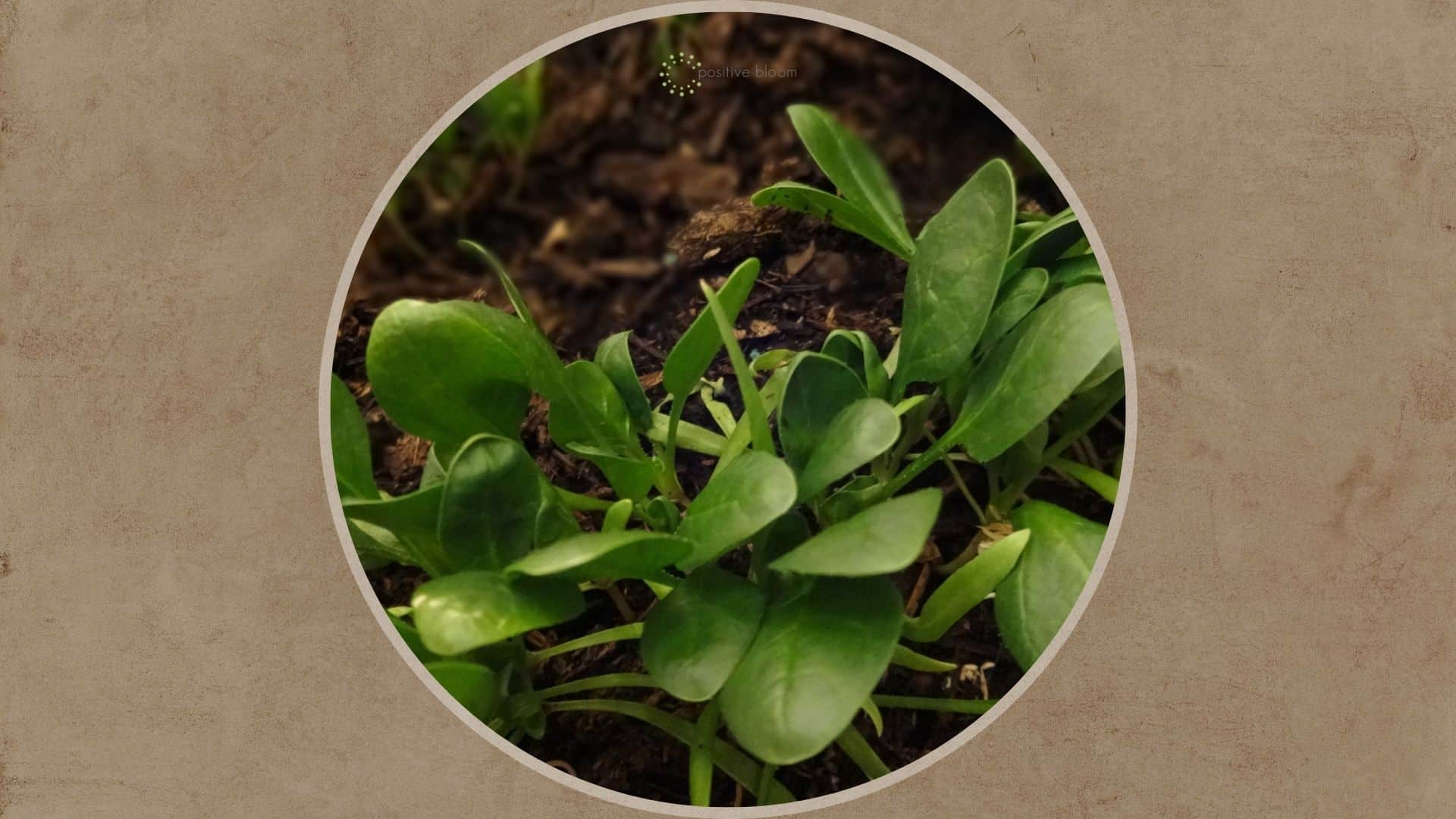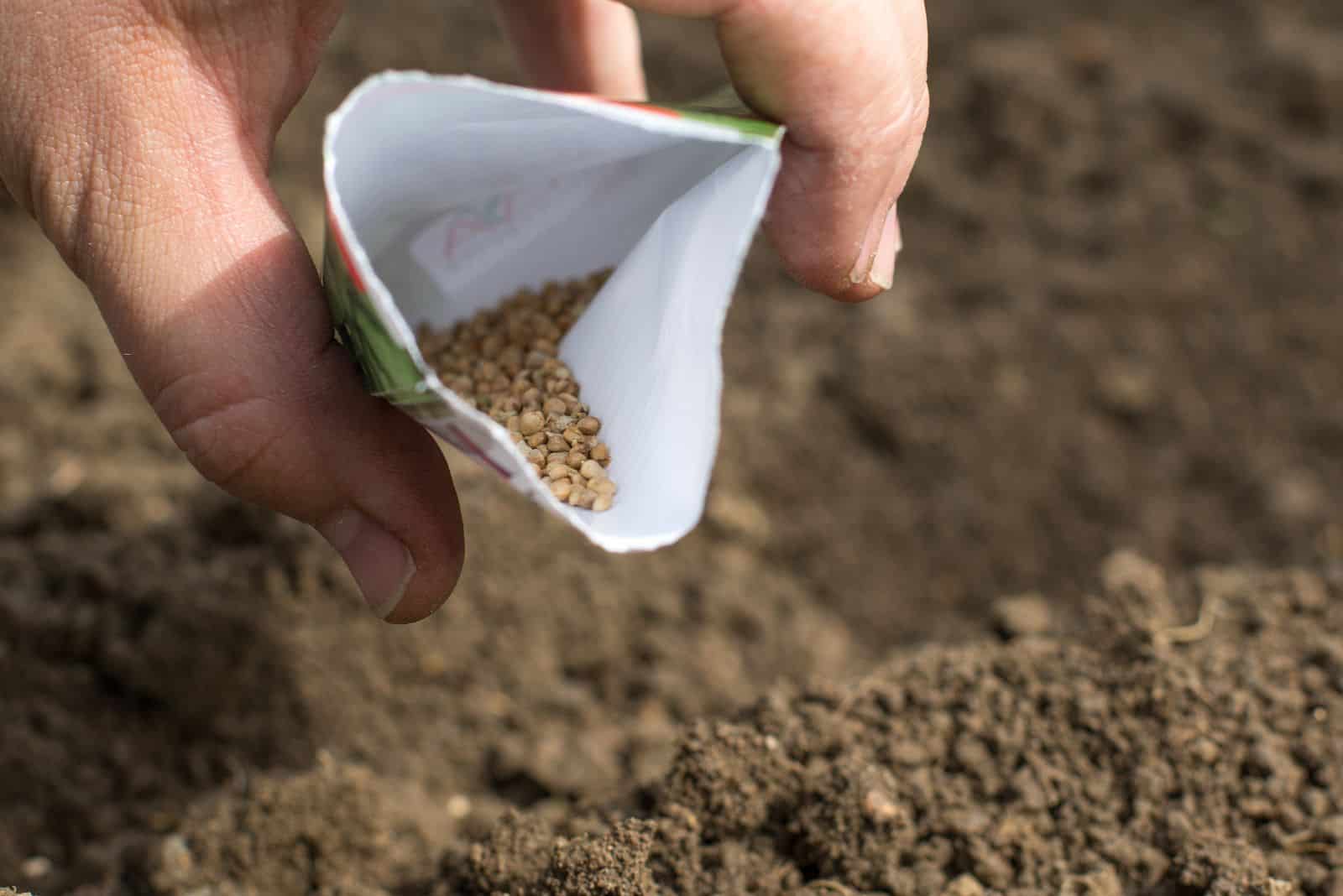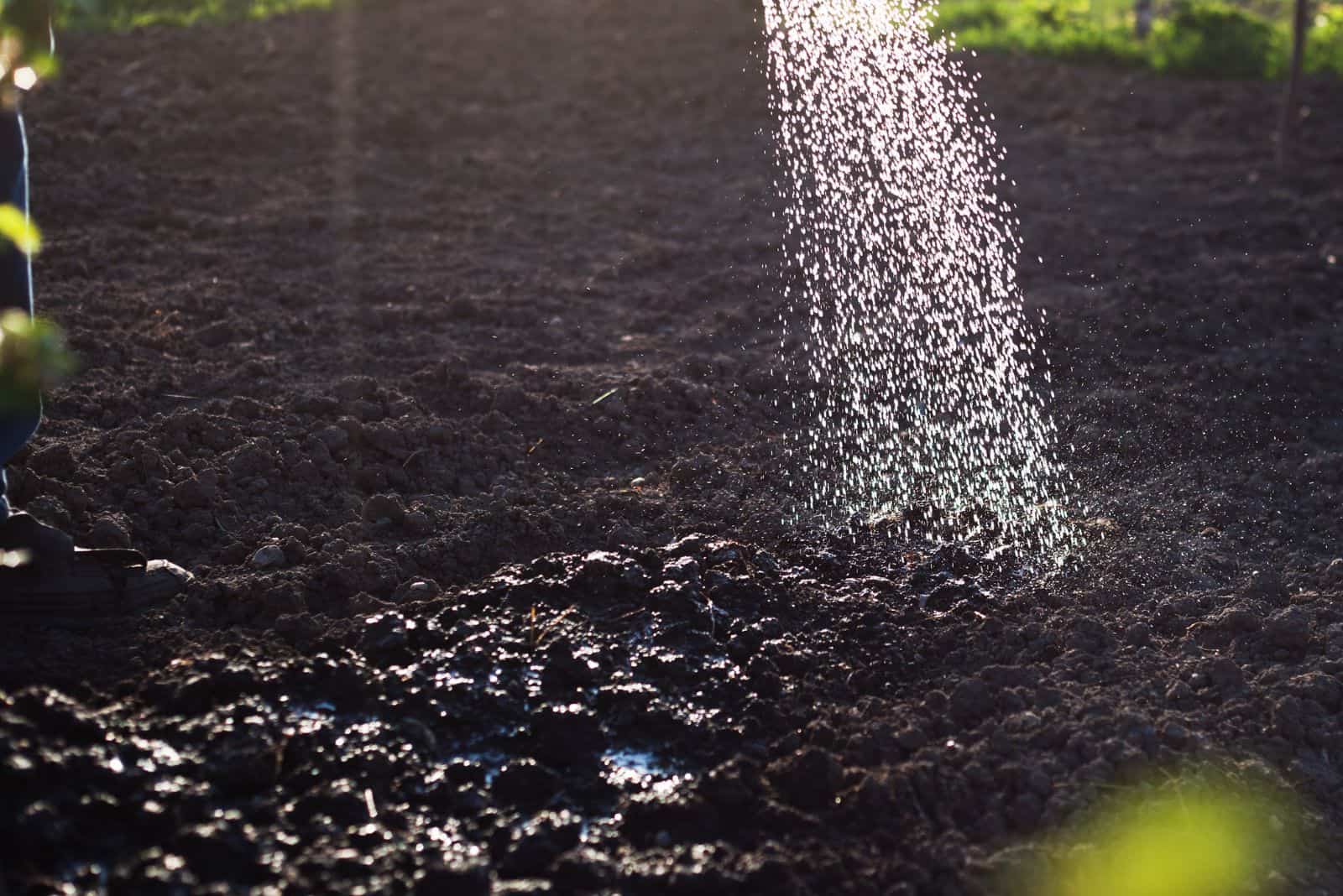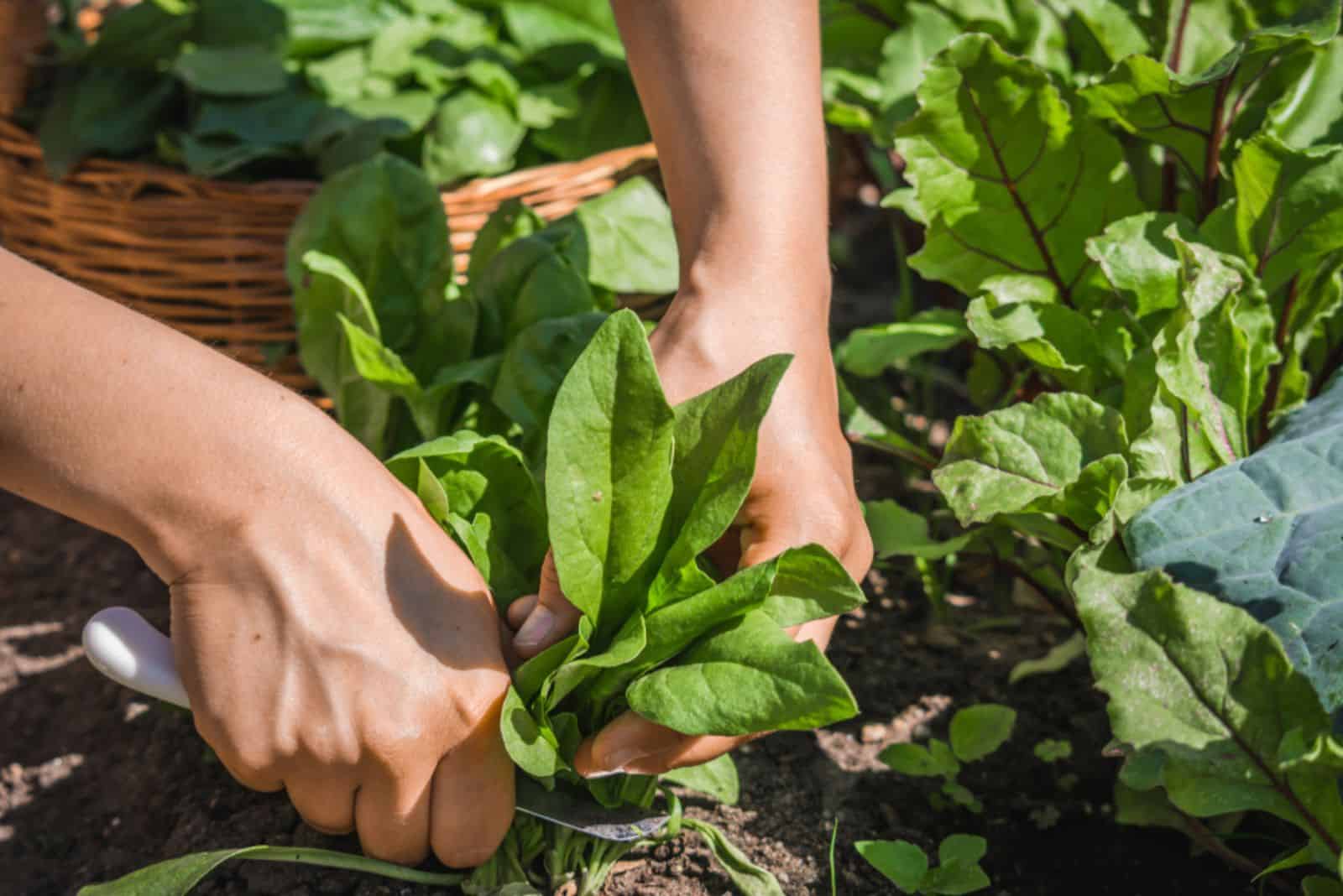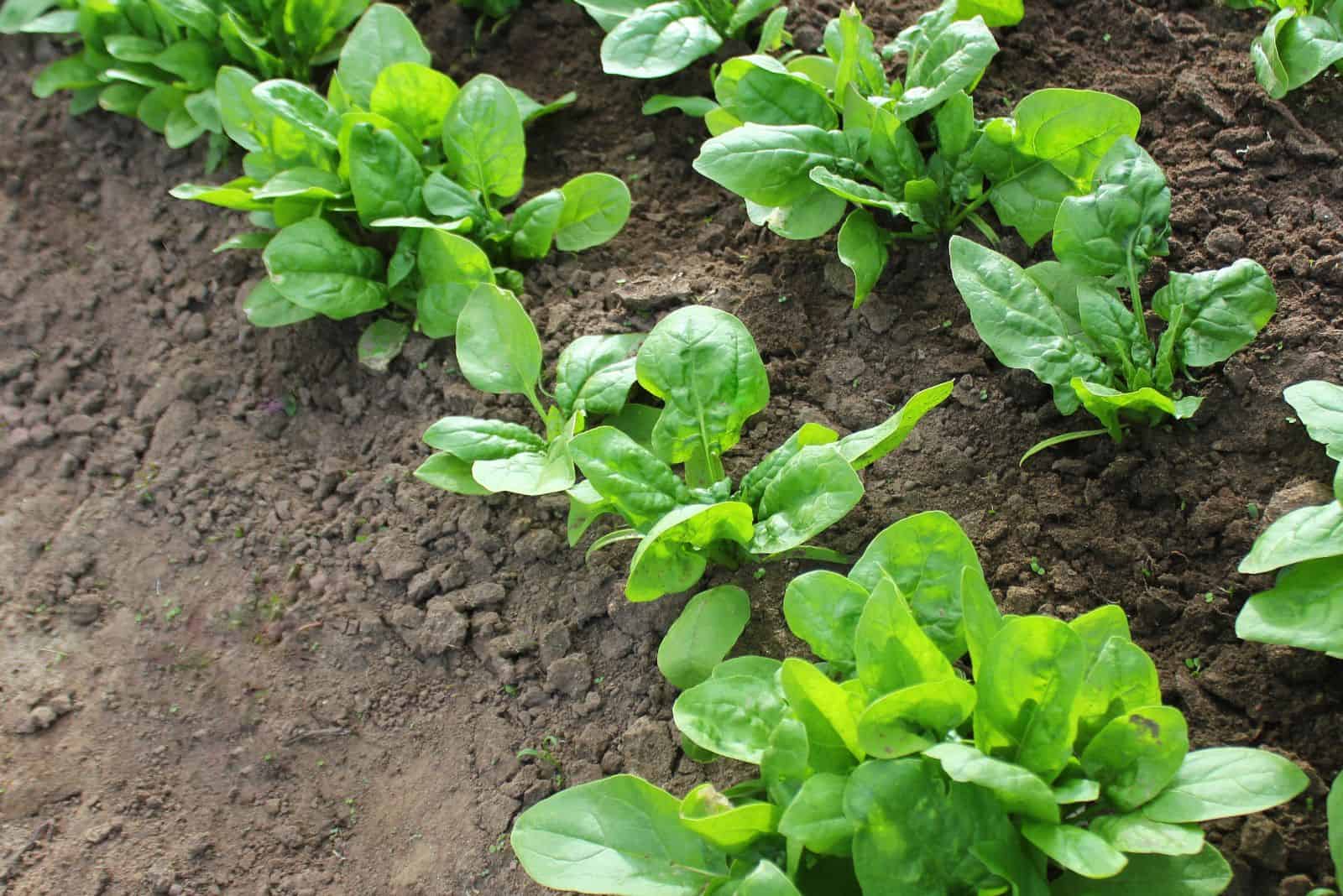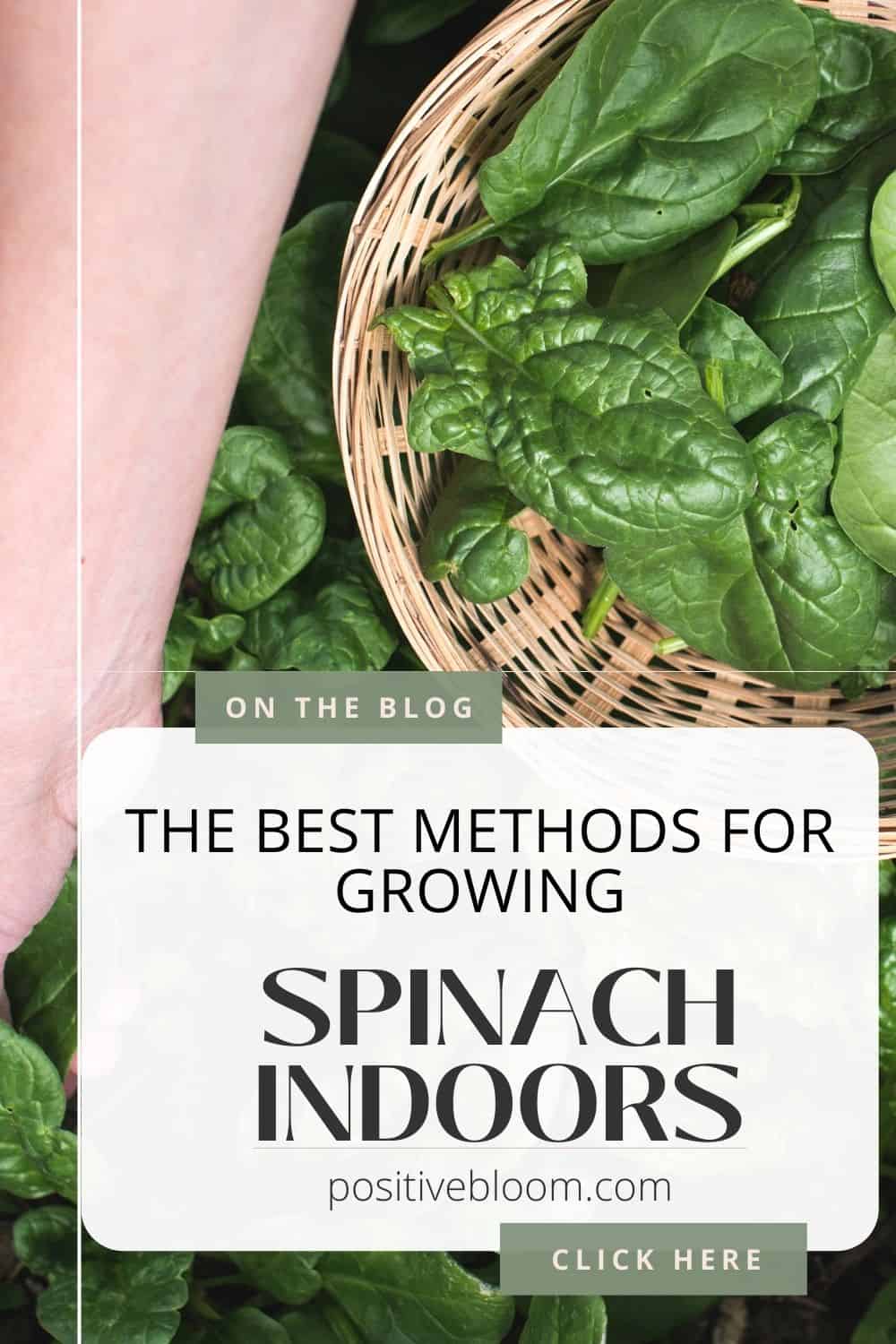Popeye was one of my favorite characters during childhood, so it’s no wonder I decided to grow spinach!
It has so many health benefits and it’s super easy to maintain. I think everyone should add some to their home garden.
Many people aren’t lucky enough to have outdoor gardens, so balconies and windowsills are their only options.
Luckily, we’ve found some excellent ways to cultivate plants indoors. If you love spinach, but don’t have an outdoor garden (or lack space), I’ll give you some great tips for growing spinach indoors.
I’ll also tell you about common issues with the indoor cultivation of spinach plants and how to avoid them.
Let’s get started!
Tips For Growing Spinach Indoors
The good news is that growing spinach indoors isn’t rocket science. This means you don’t need to put much effort into ensuring all the correct conditions, and you can still get thriving and healthy spinach.
When grown indoors, the spinach plant needs a lot of full sun, a temperature range of 50-70 degrees Fahrenheit, well-draining soil rich in organic matter, regular fertilizing, and mulch.
Let’s get into details!
Choose The Best Spinach Varieties
Everything starts with purchasing spinach seeds. Although it would be great to just go to a plant store and buy a random spinach seed pack, you should consider a few things beforehand.
Apollo spinach is an exceptional species that offers wonderful crops of thick, round, deep green leaves of the highest caliber. If you cultivate it as a baby leaf crop, it shows pretty good resistance to bolting and produces extremely prolific mature plants.
Bloomsdale is a well-known type of spinach. If winters in your climate aren’t harsh, you can sow the seeds of this heirloom variety in the fall to get spring crops.
Malabar spinach is one of the best veggies to grow if you live in Arizona.
One of my favorite semi-savoy spinach species is the Double Choice. It’s one of the best hybrids to harvest as baby spinach.
Find The Ideal Location
This is a sun-loving leafy green, so if you decide to cultivate it in your indoor garden, you’ll need to find a spot where your spinach can get a lot of direct sunlight.
If your windowsill doesn’t receive at least 6 hours of sunlight daily, your spinach will need artificial lights.
Spinach might grow well in partial shade, but if you notice it’s struggling, you need to give it more light.
Pay attention when using artificial lights, especially the heat these devices emit; if you notice any changes to your spinach, find a new spot because artificial lights can burn plants.
Choose An Adequate Potting Mix
The growing medium for indoor spinach should be loose and nutrient-rich. Additionally, it needs to be well-draining to prevent water accumulation.
Well-draining soil types amended with compost will prevent overwatering and ensure enough organic matter for optimal growth.
Seed Germination
If this is your first time cultivating spinach indoors, I recommend using the seeds of a couple of cultivars to test which ones will work best.
First, determine the planting day; check for the last frost in your area and start the seeds approximately six weeks before. Submerge the seeds in warm water the week before sowing them. I recommend leaving the seeds in water for 24 hours.
This is an excellent way to enhance germination. Your seeds need to be dry before planting, so put them on a paper towel after you take them out of the water.
Now it’s time to place the seeds in an airtight storage container and put the container in a cool spot.
Moisture will aid in seed germination, and they’ll soon be ready for planting. Wait for about 5 days or until the seedlings emerge.
Seedlings
Before you start growing spinach seedlings, prepare a seed tray and some seed-starting mix. When planting the seeds, make sure there’s about half an inch of soil above them.
You’ll need to keep the spinach soil moist and ensure temperatures from 65 to 70 degrees Fahrenheit.
You’ll need to transfer the seedlings to pots as soon as you notice true leaves.
Another very important thing for healthy growth and a successful harvest is correct spacing between spinach plants.
A spacing of 3 inches will suffice if you intend to pick young leaves. For mature crops, the spacing should be a minimum of 5-6 inches.
Water Accordingly
An essential thing for indoor plants is an adequate watering schedule, as most plants can’t withstand sitting in overly wet soil.
The soil needs to be moist, but never leave excess water around spinach roots as they could quickly rot.
Additionally, use containers with drainage holes and never water over the spinach leaves.
Pay Attention To The Temperature
Spinach is one of the most famous cool-weather veggies. Ideal temperatures for this plant species range from 50 to 75 degrees Fahrenheit.
Adult spinach plants are very cold-resistant, and even temperatures as low as 20 degrees Fahrenheit can’t kill them.
Juvenile plants aren’t typically that tolerant, and tend to bolt if temperatures are below 40 degrees Fahrenheit.
Feed Your Spinach Plant
Feeding is an essential part of growing spinach plants. You have several options when it comes to the type of fertilizer to use.
For instance, if you aren’t squeamish, you can use fish emulsion to feed your spinach. If you can’t stand the smell, then compost or well-rotted manure will also work well.
Regarding chemical fertilizers, liquid fertilizers will also enhance growth and ensure all the nutrients your spinach needs.
Pro gardening tip: Mix slow-release fertilizer with the soil prior to planting!
Use Mulch
Many growers omit mulching when growing spinach indoors. If you don’t overuse the mulch, it can aid moisture retention, which is essential for spinach as its soil must be moist.
Additionally, mulching will ensure more nutrients for your spinach; just make sure you don’t use too much mulch as it can kill the plant.
Tips For Harvesting Spinach
I know you can’t wait to harvest your delicious veggies, but wait until your spinach produces at least 5 true leaves that are approximately 4 inches long.
I recommend using a pair of scissors for harvest. All you need to do is remove the outer and more mature leaves, and gradually move toward the center.
There’s no need to harvest new leaves in the center, as they should develop further.
Ensure the temperature range is optimal, as warmer temperatures can enhance blooming, resulting in a bitter flavor.
Therefore, I recommend harvesting this tasty veggie before blooming.
How To Store Spinach
This veggie is rich in vitamin A, vitamin C, and potassium, so you should focus on storage to get the most out of your spinach.
It’s important to harvest your plant on time, as that’s the ideal way to retain freshness and the best taste.
Use it for delicious salads and sandwiches, or harvest when mature and dry the leaves to use them for soups and stews.
Young leaves are also suitable for bleaching and freezing, so you can enjoy the taste for longer.
There are two things that can be dangerous when it comes to spinach. First, you need to cut off the stalks of mature leaves because they may contain poisonous substances.
Another essential thing to understand is that you should never reheat spinach. This veggie contains a concentration of lutein, and if you reheat it, this poisonous substance will activate.
Common Issues With Growing Spinach Indoors
One of the best things about indoor spinach is that it won’t suffer from the same common issues as those cultivated outdoors.
What does this mean? Well, your garden is full of pests, such as slugs, caterpillars, and other annoying leaf-eating insects.
Luckily, such problems are rare indoors; although, aphids and mealybugs visit indoor plants frequently. However, ensuring proper growing conditions and performing regular inspections can keep these creatures at bay.
Neem oil can solve problems with pests, and it’s used to fight diseases such as powdery mildew and downy mildew, which frequently affect spinach.
Can You Grow Spinach Indoors Year Round?
Interestingly, spinach is one of the best veggies to grow year-round indoors. If you meet all the requirements, it will thrive and produce the tastiest leaves! Still, a few things must be considered if you grow spinach year-round.
First, pay attention to pot depth. You’ll get the best results if you grow indoor spinach in 10-inch deep pots. Second, make sure the potting soil is loamy, free-draining, and rich in organic matter.
Make sure you provide the seedlings with at least 3 inches of space for young plants and 5 inches for mature ones.
Additionally, the growing medium needs to be moist constantly in order to prevent waterlogging. These are cold-weather veggies and can’t withstand high temperatures.
Light is another essential factor; I recommend using artificial lights during the winter months because light levels are naturally lower during this period.
Spinach is a fast-growing plant species that needs feeding through all growing seasons. You can mix slow-release fertilizer into the soil before sowing the seeds.
I recommend using organic fertilizers such as manure, compost, or fish emulsion.
Finally, don’t forget to thin your spinach regularly, starting with the outer and older leaves. Use scissors for harvesting and don’t forget to remove the stalks before consuming them. Also, make sure you don’t reheat spinach as it may cause luteins to activate.
Wrapping Up
The first question I got regarding growing spinach indoors is if it’s even possible at all. Well, after reading this article, I’m sure you know the one and only answer – YES!
Actually, if you grow spinach indoors, you avoid many issues and get a thriving and healthy plant.
Pests aren’t typically an issue for indoor spinach, which is one of the biggest benefits of indoor gardens.
Additionally, you can control growing conditions indoors, which is an amazing advantage. Don’t worry if you are a beginner grower; just follow our advice and your indoor spinach will be happy, healthy, and delicious!
Until next time!
Like this post? Share or pin it for later!

